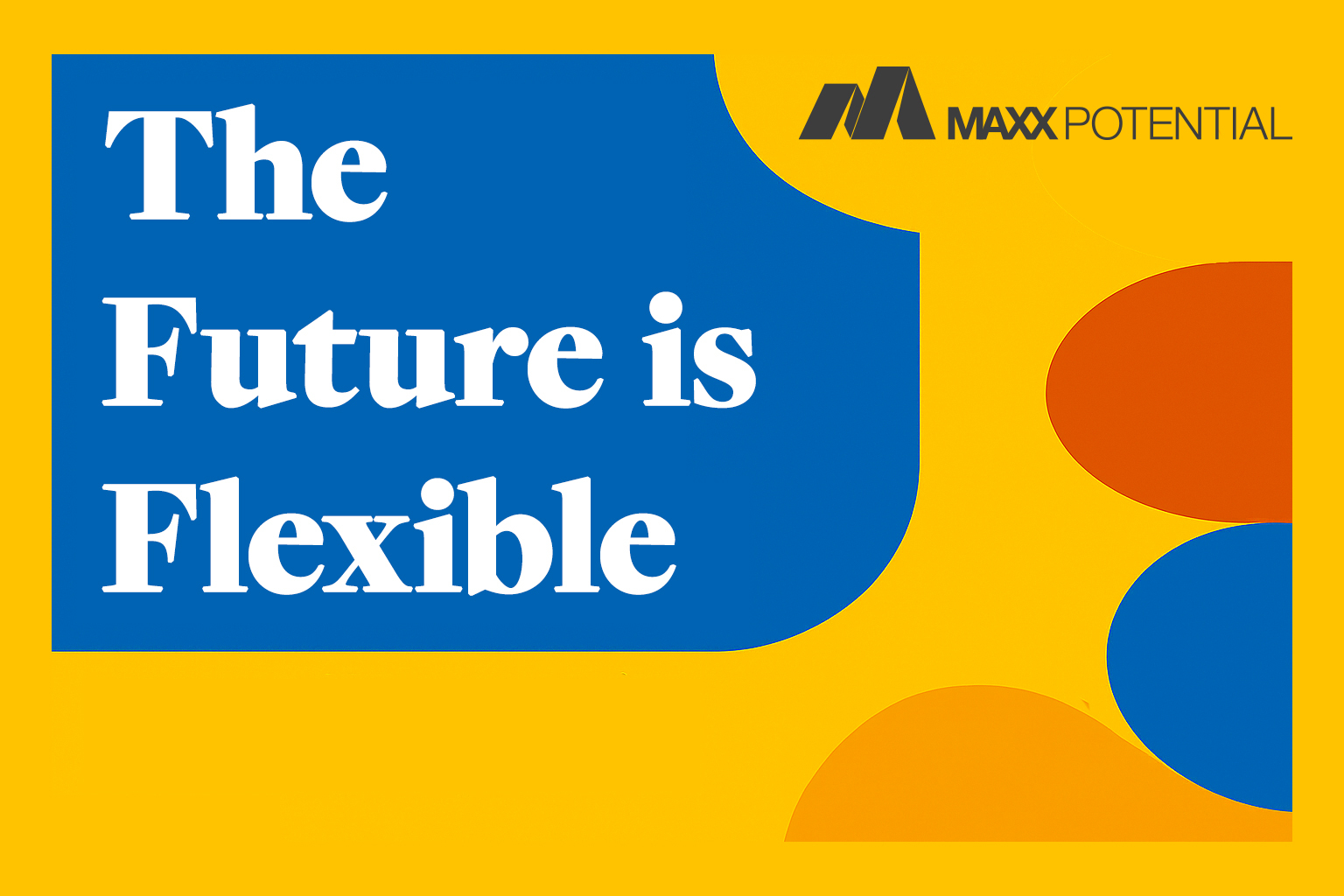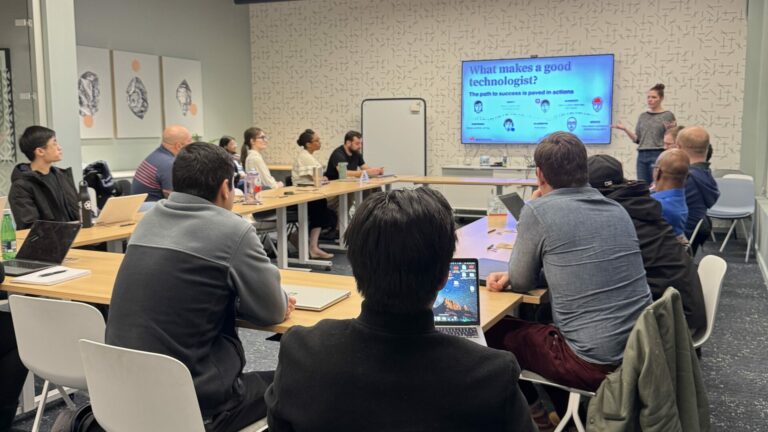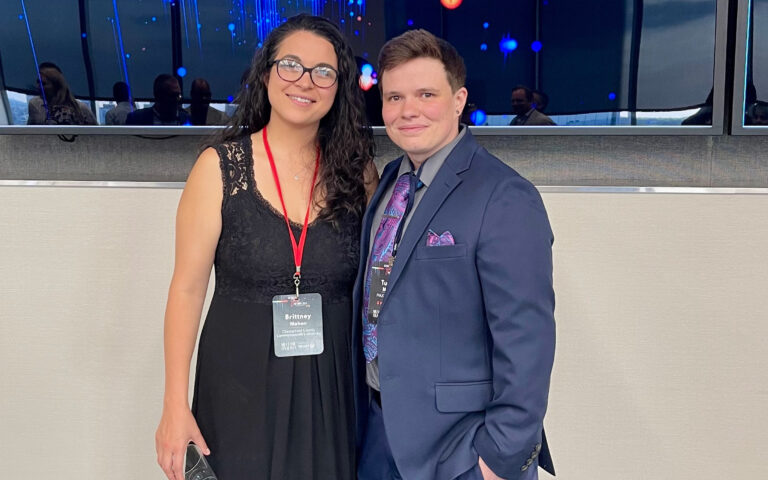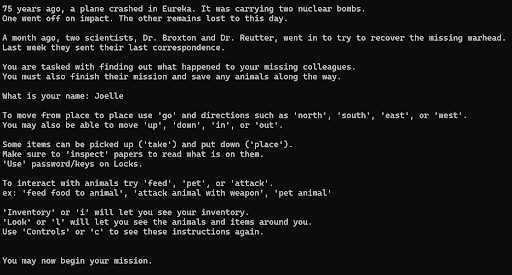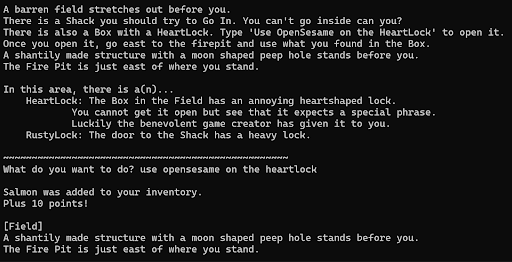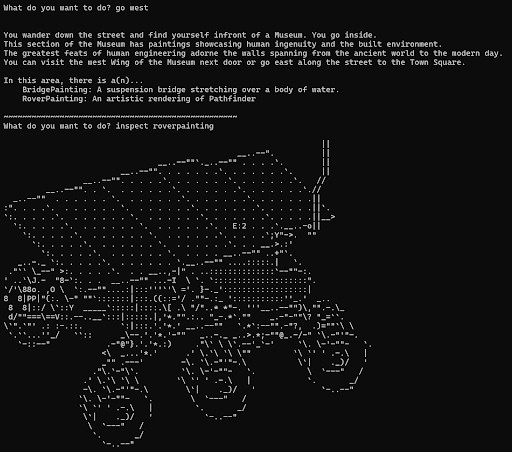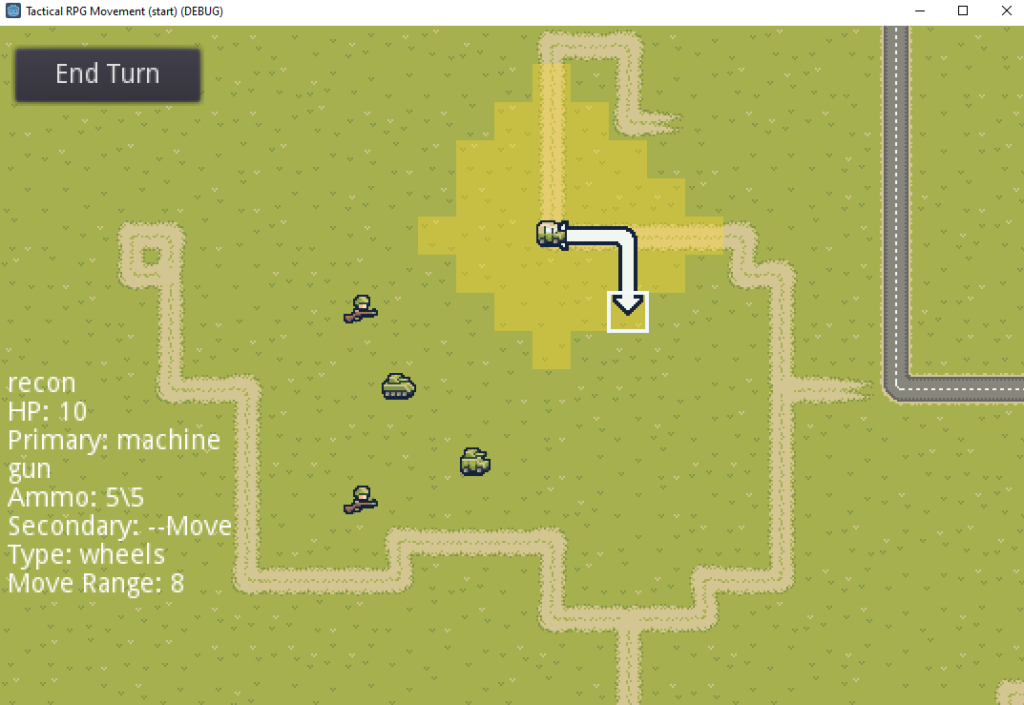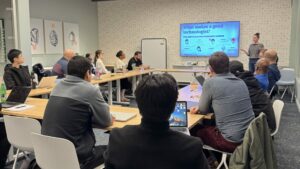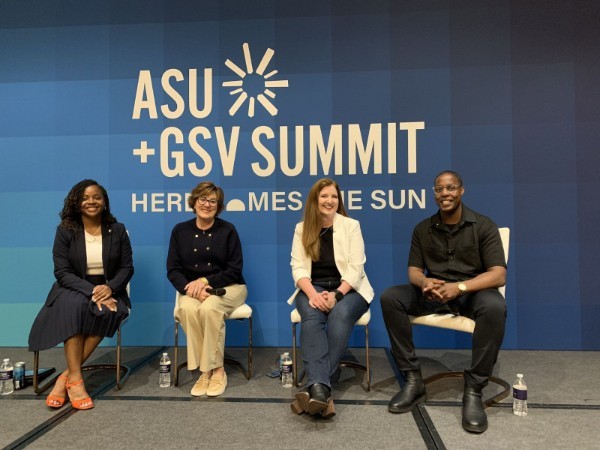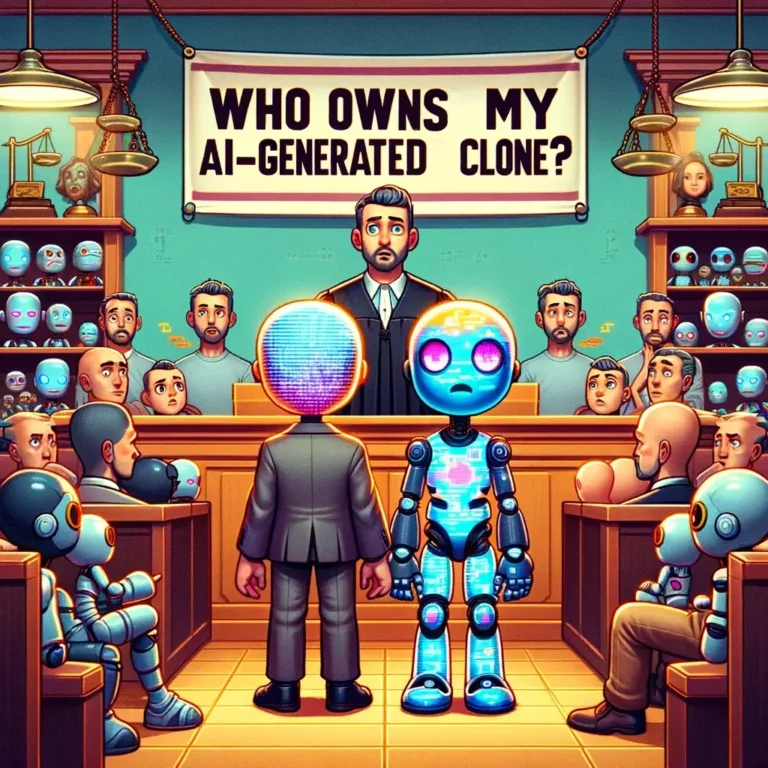5 Things We Tell Every New Apprentice
Real-World Strategies for Building A Strong Foundation in Tech
By MAXX Potential
- Posted:
- Apprenticeship
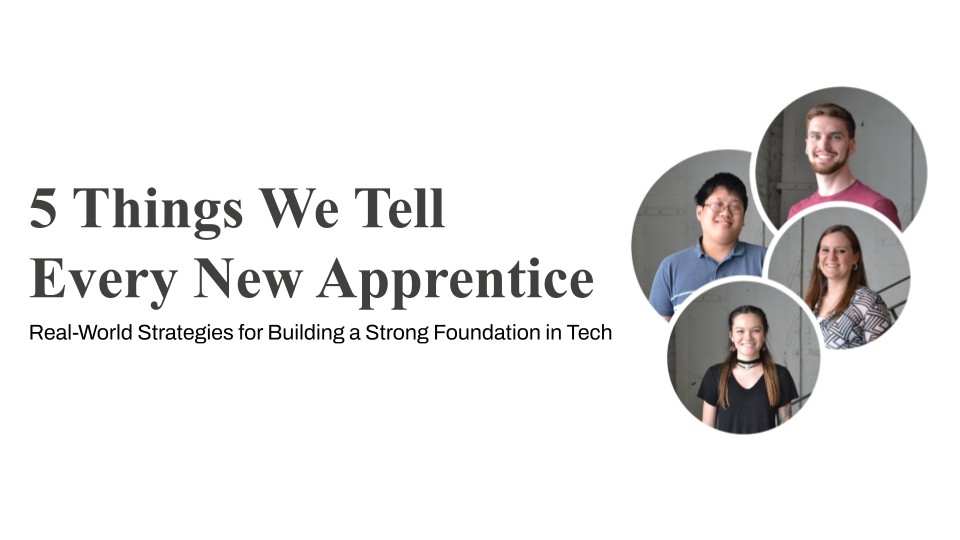
Starting out in tech is exciting—but let’s be honest, it can also feel overwhelming. With so much to learn, so many tools and frameworks to explore, it can feel like you’re never going to get the hang of tech. If you’ve ever stared at an error message for hours or second-guessed your path, you’re not alone.
At MAXX Potential, we work with emerging technologists every day, and we’ve seen what helps people grow—not just technically, but professionally. The truth is, success in tech isn’t about knowing everything right away. Not only is it about knowing how to find the answer, but it’s how you respond to challenges and how you choose to learn. Here are five things we tell every new Apprentice—because these ideas have made a real difference in their growth.
1. Start with a Search.
When you hit a problem, your first move should be to search the internet. Most of the time, your job does not require perfect memorization of every concept; though with time, you’ll grow your personal knowledge base. When you face a coding conundrum or another work challenge, start with an internet search.
Search engines are your best friend, and tools like large language models (LLMs) can also help you troubleshoot or learn faster. With that said, be sure to be aware of your company’s policies around LLM use.
2. Struggling Doesn’t Mean Failing.
When you step into a new role or join a new project, everything is new. It’s normal not to know everything. You have to find your bearings on the project with your team, your role, and the systems. It can be a lot to take in, and the pressure to perform perfectly can be high. Not knowing details is normal.
Lean into the challenge, stay engaged, and ask your managers and coworkers for support. You’ll have the opportunity to try new things and learn. When you make a mistake, see it as an opportunity to get feedback and keep learning. Your goal isn’t perfection—it’s progress.
Angel’s Story: A Rite of Passage
MAXX Alum Angel shared a story from her time as an Apprentice while working on the support team at MAXX Potential. One time, she ended up breaking a website, and she shared, “I was so stressed out.” What she discovered was that precautions had already been taken to ensure that the customer work remains safe. From that, she learned best practices of backups and builds. Managers work closely with Apprentices to ensure that a site outage does not have a big impact on Customers.
3. Walk Before You Run.
Before you build something big, make sure you understand the basics. As Tucker Mahan, Director of Emerging Technology, says, “Don’t go building a full Laravel application if you don’t know PHP, or React, if you don’t know JavaScript, especially when AI is there speeding things along and possibly adding some mistakes.”
It can be annoying advice to start with the simplest of steps, but it will set you up for success throughout your career. You’ll be better set to use different tools because you understand the foundational rules of your tech focus. Strong foundations make learning faster and your projects more successful.
4. Say Yes to the Work.
Every project is a learning opportunity—even the ones that don’t seem exciting at first. Saying yes broadens your skillset and helps you discover what you’re good at. When you’re starting out, there’s a lot to learn to determine the best fit and experiences in different areas of technology can open interesting opportunities.
At MAXX Potential, we don’t divide Apprentices into tech tracks. We believe that experience in a few areas of technology can make you a stronger technologist. As Cassidy Fuller, MAXX Alum, shared in her Alum Success Story, “Don’t pigeon hole yourself.”
5. Take Initiative.
Initiative means stepping up. It’s about paying attention to what the team needs and looking for ways to contribute. It might look like taking ownership of a tricky bug or proposing a fix for recurring issues. These actions show that you’re not just doing the work—you’re invested in making the work better.
The key is to be proactive and curious. Asking to shadow someone who’s strong in an area you want to learn or diving into documentation on your own. The more you show a willingness to engage and grow, the more others will trust you with opportunities that accelerate your development.
Conor’s Story: Lunch & Learn on Defense-In-Depth & Zero Trust
MAXX Apprentice Conor determined the topic of his Lunch & Learn by figuring out what concept in technology he didn’t feel like he could explain in simple terms. Rising to the challenge, he built out a presentation on “Zero Trust”. Conor followed his curiosity and took initiative in his own learning while providing an opportunity for his coworkers to also learn more about the cybersecurity topic.
No one builds a tech career overnight. It takes time, practice, and a willingness to keep moving forward—even when it’s hard. Start small, stay curious, and trust that every project, every question, and every challenge is shaping you into the technologist you want to be.
Interested in becoming or working with a MAXX Apprentice? Attend Career Lab or explore MAXX Business Solutions!
MORE POSTS
Real-World Strategies for Building A Strong Foundation in Tech
MAXX Alumni Success Story with Cassidy Fuller, Business Systems Analyst III at Chicago Transit Authority
How to Maintain An In-Person Connection and Work From Home


